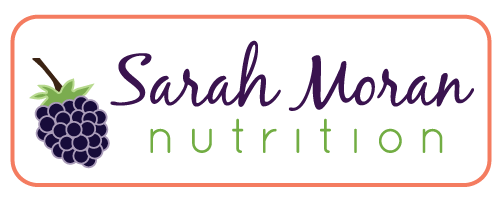All About Trans-Fats
/One of the biggest food buzz words in recent years is "trans-fat." You see in it on the news, in magazines, and claims of "Zero Grams Trans-Fat per Serving" plastered all over food packaging. But what exactly are trans fats? What is their purpose and where are they found? Read on to find out.

1. What Are They
Trans-fats are found sparingly in nature. What we're talking about here is made-made. Trans-fats are created when hydrogen is pumped into liquid oils to make them solid at room temperature. "Trans" refers to the position of these hydrogens in the fat molecule. This hydrogenation process results in a stable fat that doesn't spoil easily.
2. Why Are They Used
First off, trans fats don't go rancid as quickly as oils or even saturated fats. This is great in the world of processed foods where shelf life is important. In addition, hydrogenation of cheap oils like soybean and safflower is much more cost-effective than using oils and solid fats, such as butter. Lastly, many were under the impression that because trans-fats were unsaturated, they offered a solid fat solution without the saturated fats believed to be related to heart disease. For example, people were told to eat margarine rather than butter. Unfortunately, this was just plain wrong. We now know that trans-fats are one of the worst things you can eat and should be avoided at all costs.
3. Where Are They Found
Trans-fats are largely found in baked goods and crackers, but no processed food is safe. This is where label reading comes in. First off, look at the nutrition facts panel. Under the section for fats, look for the trans-fat subcategory. Obviously, you want this number to be zero. If there are any trans-fats listed here, put down the box and walk away. However, it's not always that simple. You see, if a food has less that 0.5 g of trans-fat per serving then it can be listed on the nutrition facts panel has having 0 grams. Most of us eat more than one serving of these foods and if you're eating several different foods with trans-fats it only adds up from there. To protect yourself from all trans-fats look for the words "hydrogenated" or "partially hydrogenated." If you see either of these, the product contain trans-fats and should be avoided.
